The Best Cameras for Hiking
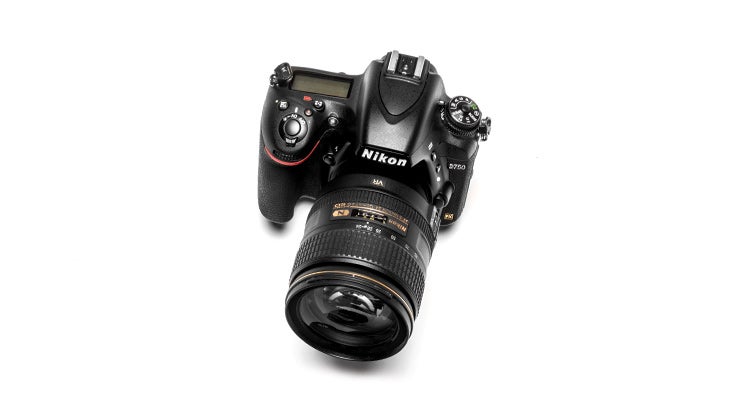
'You don’t have to be a pro to covet this camera's impressive features. Full review.'
Trail-ready cameras can’t just be high-resolution. They need to be portable, rugged enough to handle the rigors of the trail, and ideally at least water-resistant. Finding the best cameras for hiking took hundreds of trail days and thousands of photos; here’s what our scout came up with.
GoPro HERO5 Session
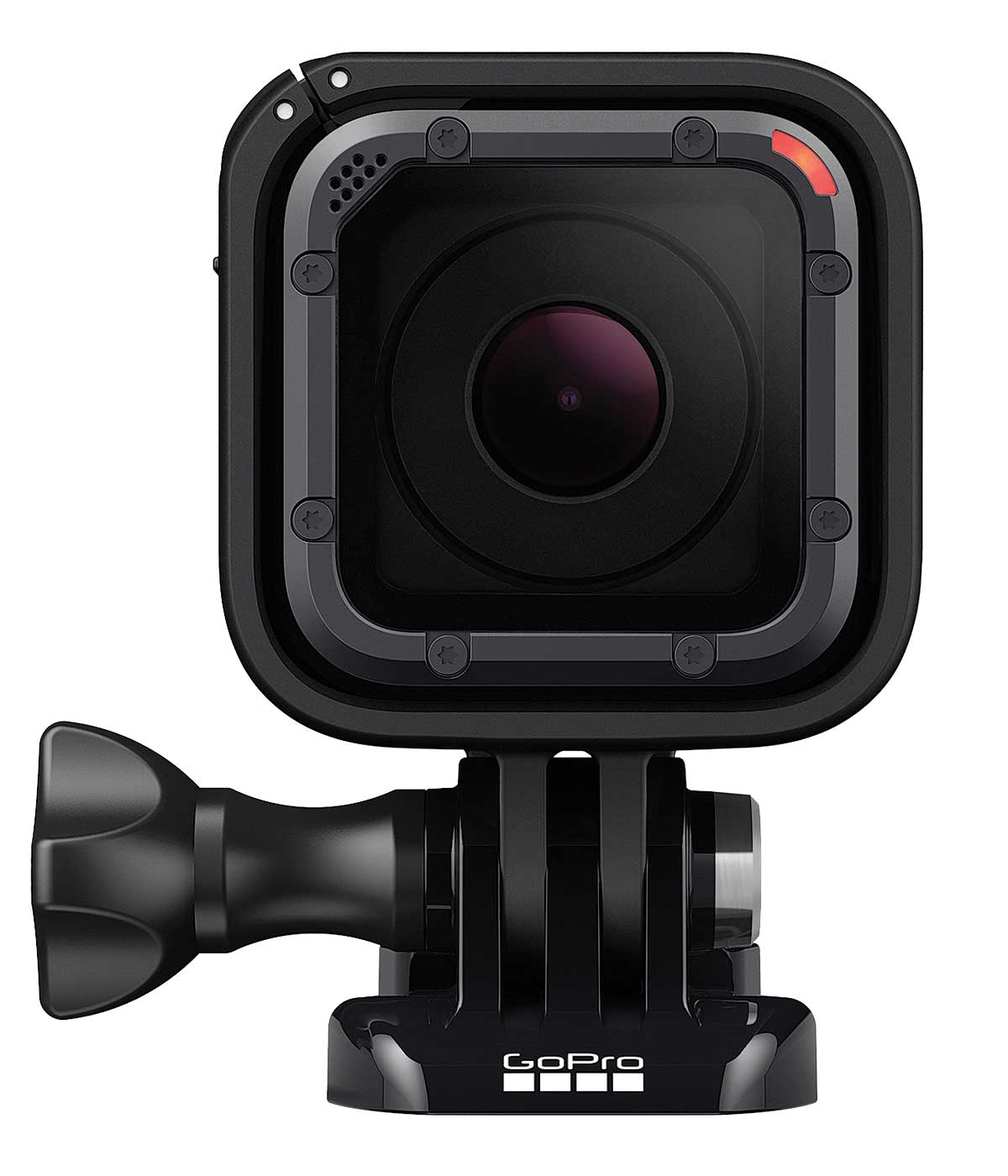
Our take Pros already know how to capture awesome action footage. For the rest of us, there’s the HERO5 Session. There may be no better (or smaller) camera on the market. In a golf ball-size, waterproof unit, you get respectable 4K video and 10-megapixel photos. (It uses a micro-SD card sold separately.) Operation is idiot-proof: There are just two buttons, and you don’t even need them. With voice control (à la Siri), the cam responds to “GoPro,” which means no taking video when you intended to take a photo. It’s easy: “GoPro, take a photo,” “GoPro, take a burst photo,” and “GoPro, start recording” are all in its lexicon. Bummer: Battery life is only about one hour and 30 minutes in the highest-quality video mode (less in harsh temps), and the HERO5 Session has no swappable battery.
Trail cred “Selfie-takers will appreciate the voice control most, but it was pretty sweet when I had it mounted to my helmet on a mountain bike ride and caught a black bear lumbering through the underbrush in Colorado,” says one tester.
$300; 3 oz. Buy GoPro HERO5 Session Now
Sony X1000V 4K Action Cam
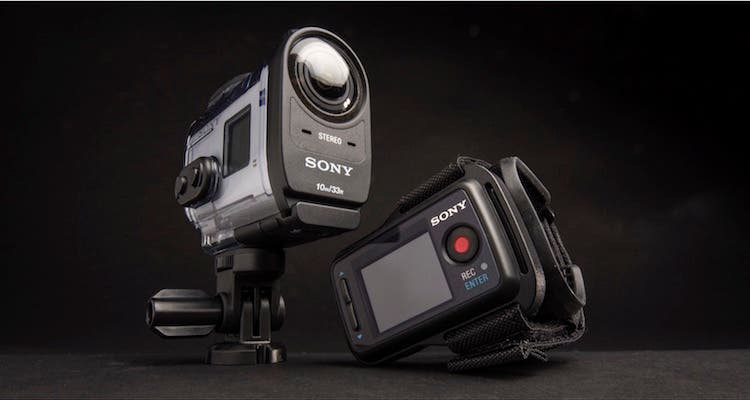
Picture Quality: This action camera spits out 4K video—best-of-the-best in amateur handhelds—and decent stills (8.8 megapixels), both of which are super-clear and sharp thanks to its ZEISS lens. Unlike most other POV cams, this Sony uses image stabilization software; footage was smooth even when we were hurtling down rocky slopes and postholing on shoulder-season treks.
Sound: Thanks to proprietary software, the built-in stereo mic effectively reduces wind noise. Note: It does reduce battery longevity, so if it’s not windy, we recommend turning it off (in the appropriately named “Wind” tab in the setup menu).
Protection: The camera itself is splashproof, but the (included) plastic housing ups the ante, making it waterproof (up to 33 feet), dustproof, and shockproof.
Options: Tired of plain old video? We liked mixing up regular b-roll with time- lapse and slow motion (hidden under the nomenclature “High Speed REC”). “It’s nice being able to shoot a powder-turn slash or a runner kicking up dirt in slow-mo,” one tester says. “With other action cameras, you’d have to go into video-editing software and add in the slow motion afterward.”
Remote: Sony’s Remote Viewer (sold separately) adds another $150 to the package, but it’s totally worth it: This easy-to-use wrist controller lets you preview your shot, review your film, and adjust settings while the camera is positioned on your helmet or other hard-to-view areas. “No more coming home and realizing that I memorialized my epic trip with a continuous shot of my thigh,” one editor says.
Features: It’s wifi-enabled, so you can connect your phone (to upload or share), but the coolest feature is its built-in GPS, which allows you to geolocate your footage. Note: Price is steep, but you get more features than with competitors that cost the same.
$499; 4 oz. Buy Sony X1000V 4K Action Cam Now
Sony RX10 ii
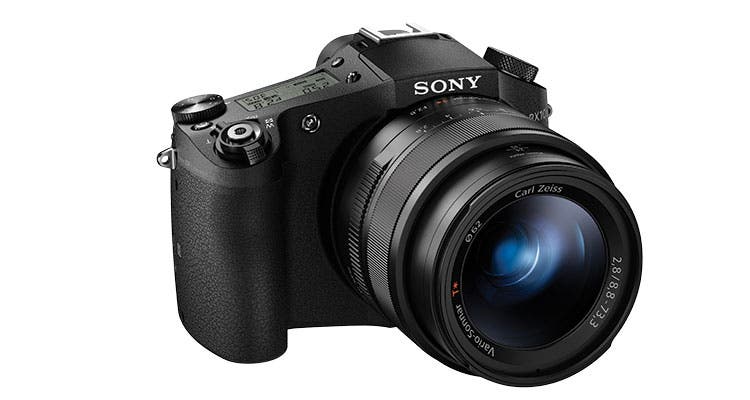
The RX10 ii is perfect for serious amateur photographers who want high-quality pics without a barrage of cryptic buttons and menu options. A mix of professional features (a high-speed 1/32,000-second shutter, slow-motion video at 960fps, and 20.2-megapixel image sensor) and casual-photographer simplicity (quick autofocus, auto ISO mode, and simple menu system) make this a well-rounded choice. One tester took the RX10 ii to Panama and came back with rich, detailed pics that made him look like a seasoned pro—without the mangled posture from heavier gear.
$1300; 1 lb. 13 oz. Buy Sony RX10 ii Now
Nikon D750
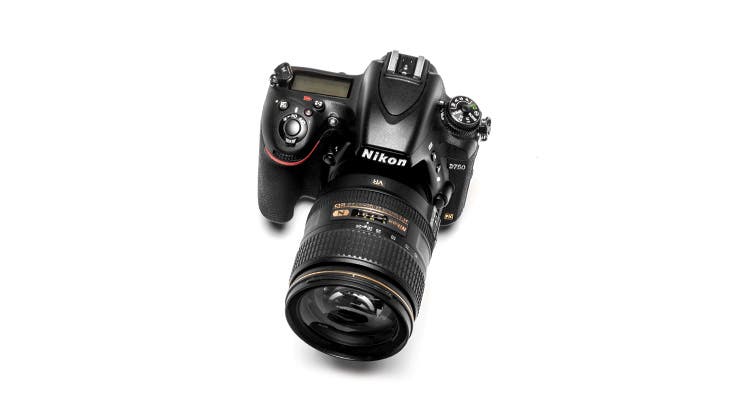
The D750 garnered high praise for its full-frame 24MP sensor (the same dimensions as 35mm film) and compact shape, which is half a pound lighter than its predecessor and one of the lightest full-frame DSLRs out there. The D750 excels at capturing continuous shots at 6.5 frames per second with a 51-point autofocus system, which keeps moving subjects in focus across a wide portion of the frame. Plus, low-light scenes are easy to nail thanks to the broad ISO range (100 to 12,800). Want to shoot from high or low angles? The 3.2-inch LCD screen flips up 135 degrees or down 90 degrees, making it easier to frame the shot.
$2300; 1 lb. 10 oz. Buy Nikon D750 Now
Canon PowerShot G16
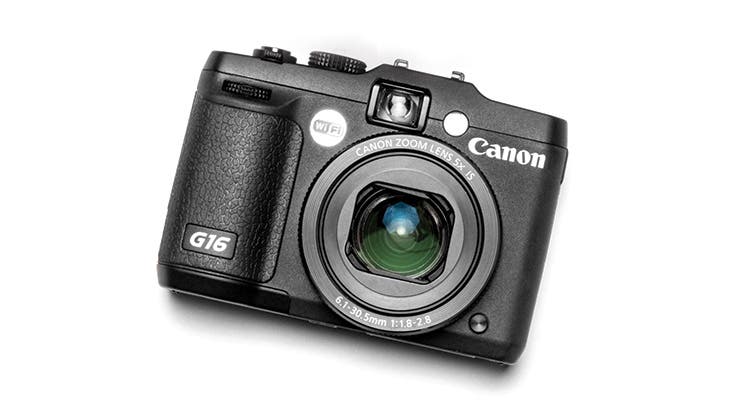
Full manual controls are quick and easy to adjust, and a high-quality 5x optical (28mm-140mm) zoom allowed testers to capture hard-to-see shots. “I was 120 feet above my partner on a climb, and I zoomed all the way in so I could catch the subtleties of her expression,” one tester says. Bonus: The neutral density filter option lets you create striking motion-blur effects and reduce depth of field on bright sunny days to emphasize your subject matter.
The G16’s solid construction kept it running smoothly, even after getting routine dings on climbs in Chamonix, the Rockies, and the Tetons.
$500; 11 oz. Buy Canon PowerShot G16 Now